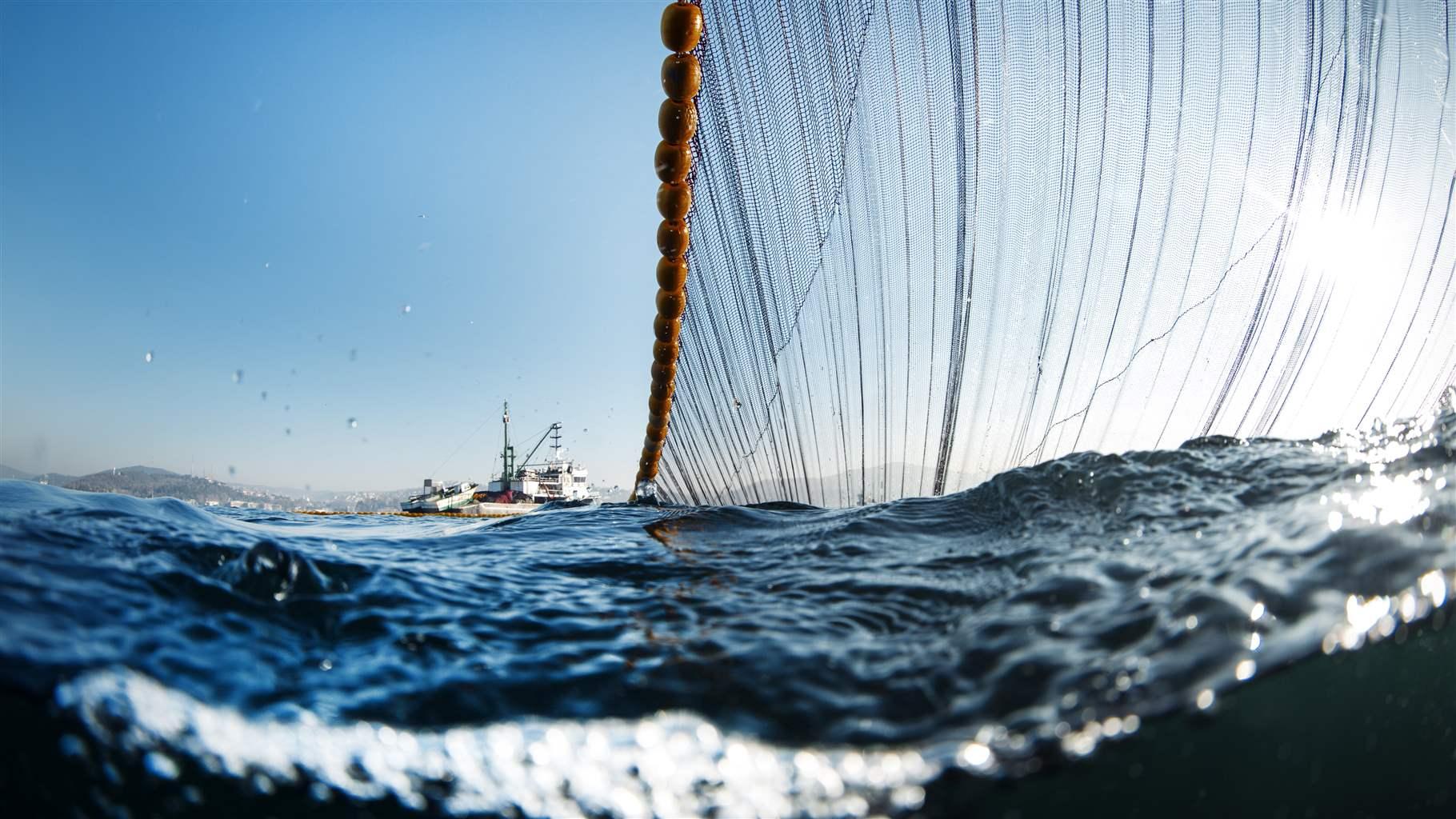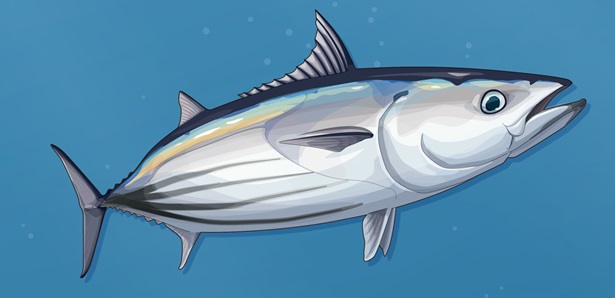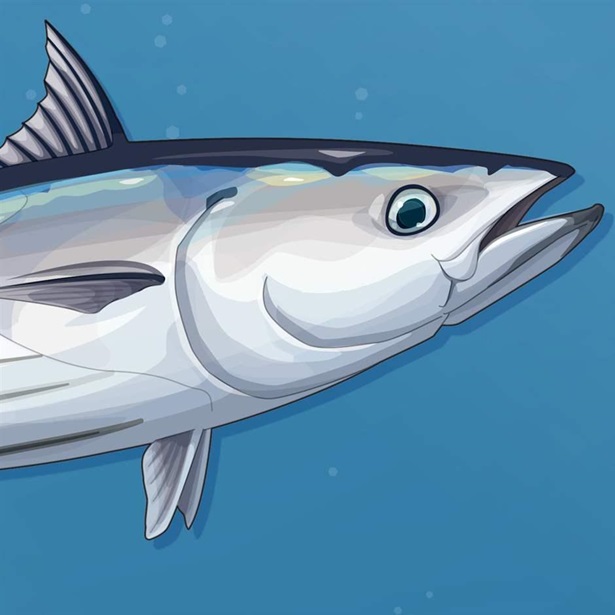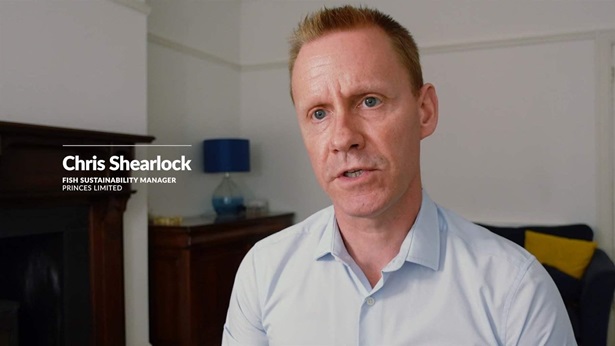$10 Billion Pacific Skipjack Tuna Fishery Could Soon Be Better Protected
One obstacle remains to modernizing oversight in international waters of western and central Pacific Ocean

The western and central Pacific Ocean is home to the world’s largest tuna fishery, with commercially valuable fish populations, including skipjack tuna, worth billions of dollars each year. These stocks sustain livelihoods across the Pacific and beyond, and are vital to the health and balance of the ocean ecosystem. The Western and Central Pacific Fisheries Commission (WCPFC), the regional body charged with setting rules for fishing these waters, will meet in Da Nang, Vietnam, from 28 November to 3 December, where it has an opportunity to significantly improve how tunas—mainly skipjack—are managed to ensure future sustainability.
Skipjack is the third-most caught fish in the world, with 1.7 million tons—worth up to $9.65 billion at the final point of sale—caught in this region in 2018. The skipjack population is healthy but has become more depleted over time, which is one reason WCPFC and its members made a forward-thinking commitment to a modernized management method known as a management procedure. After years of thorough simulations of this approach, this year the Commission can take action to fulfil its promise.
Management procedures, which are also known as harvest strategies, are pre-agreed frameworks for making fisheries management decisions such as setting limits on catch or fishing effort. This science-based approach helps ensure sustainability by regulating fisheries based on computer-tested models that estimate how many fish are in the water and how many can be caught without overfishing.
Today, most international fisheries management requires time-consuming and contentious negotiations among fishing nations that can take time away from other pressing issues, and often prioritizes short-term catch levels versus long-term sustainability. A shift to a harvest strategy would greatly increase management efficiency and predictability, while also ensuring that skipjack and other fish populations are more resilient to future changes.
WCPFC shouldn’t delay modernizing management
Following a meeting in August, WCPFC appears on track to adopt its skipjack management procedure next month but first must overcome one potential obstacle that could reduce the strategy’s efficacy: In an August meeting of the Science Management Dialogue, the Parties to the Nauru Agreement (PNA), the eight countries and territory of Tokelau that contain some of the world’s most productive skipjack fishing grounds, announced that they want to delay implementing the harvest strategy for up to six years. The PNA group has said it supports the management procedure but sought the delay to give member States more comfort in the management procedure before applying it. This position is echoed by the Pacific Islands Forum Fisheries Agency (FFA), which is made up of 17 countries in the region and has submitted a formal proposal to delay implementation.
Such an approach would render the management procedure ineffective and put the long-term health of the skipjack fishery at risk. A group of industry members and nongovernmental organizations, including The Pew Charitable Trusts, noted in a joint letter to the PNA that the management procedure would help the fishery withstand looming challenges such as shifting stock distribution due to climate change, increased market competition and other drivers of overfishing.
Delaying implementation could also jeopardize the ecolabel status, which some seafood buyers use to show their customers they are choosing sustainable products. This could have economic repercussions for many in the region, including members of the PNA and FFA.
Although skipjack tuna is healthy now, WCPFC should not be complacent about transitioning to a management procedure. WCPFC has come a long way since 2014. After years of careful testing and modeling of this modernized management approach, members should fulfil their commitment and seize the opportunity to adopt and implement harvest strategies to help ensure the long-term sustainability of the critical skipjack fishery.
Glen Holmes is an officer with The Pew Charitable Trusts’ international fisheries project and Dave Gershman is an officer with The Ocean Foundation’s international fisheries campaign.













